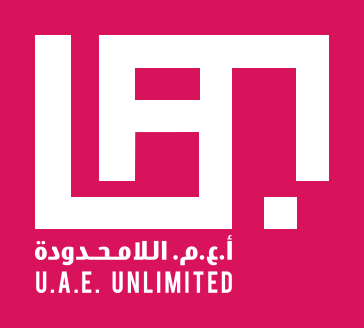Our inaugural exhibition, Public Privacy, features six young artists chosen for their dedication to their practice and process for mediating the conflict between the public and private spheres through their work. To examine this contradiction of public and private dimensions, curators Cristiana de Marchi and Mohammed Kazem, queried their selected artists on the conveyance of messages and content within their society, and how they might address critical issues within this framework. The fluid perspective offered by these artists as they navigate the roles and limitations in a society simultaneously dominated by traditional values and influenced by Western social norms & patterns, underpins the work showcased in this exhibition.
The national character of the UAE while distinct, is nonetheless home to many nationalities which have left their mark on the Emirati culture. To address this reality, Public Privacy draws broadly from the Gulf region and the subcontinent. A wide range of disciplines represent the trending interdisciplinary aspects of the art scene in the UAE, and its ever-increasing role in the global art community.
Displaying a variety of media, techniques, and practice to express the concerns, perspectives and worldview of the emerging generation, the exhibition also probes the relationship between the artist and the audience. An often uneasy personal inquiry into self-positioning within zones of operation, required the participants to find a balance between artistic choices and deeply rooted social mores. Each artist offers a unique perspective and method for conveying their content and message to their audience.
The national character of the UAE while distinct, is nonetheless home to many nationalities which have left their mark on the Emirati culture. To address this reality, Public Privacy draws broadly from the Gulf region and the subcontinent. A wide range of disciplines represent the trending interdisciplinary aspects of the art scene in the UAE, and its ever-increasing role in the global art community.
Displaying a variety of media, techniques, and practice to express the concerns, perspectives and worldview of the emerging generation, the exhibition also probes the relationship between the artist and the audience. An often uneasy personal inquiry into self-positioning within zones of operation, required the participants to find a balance between artistic choices and deeply rooted social mores. Each artist offers a unique perspective and method for conveying their content and message to their audience.




